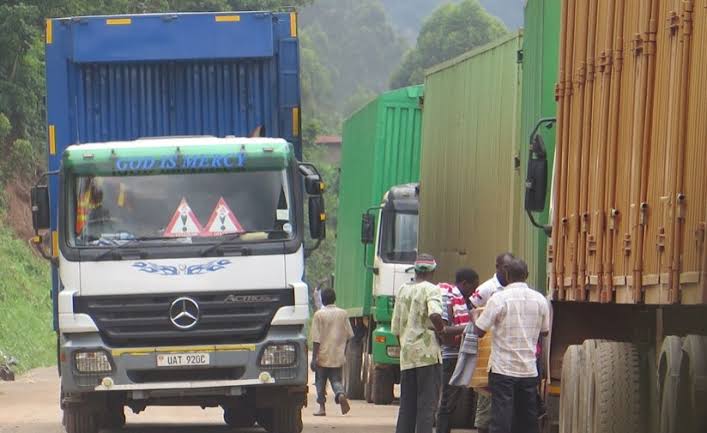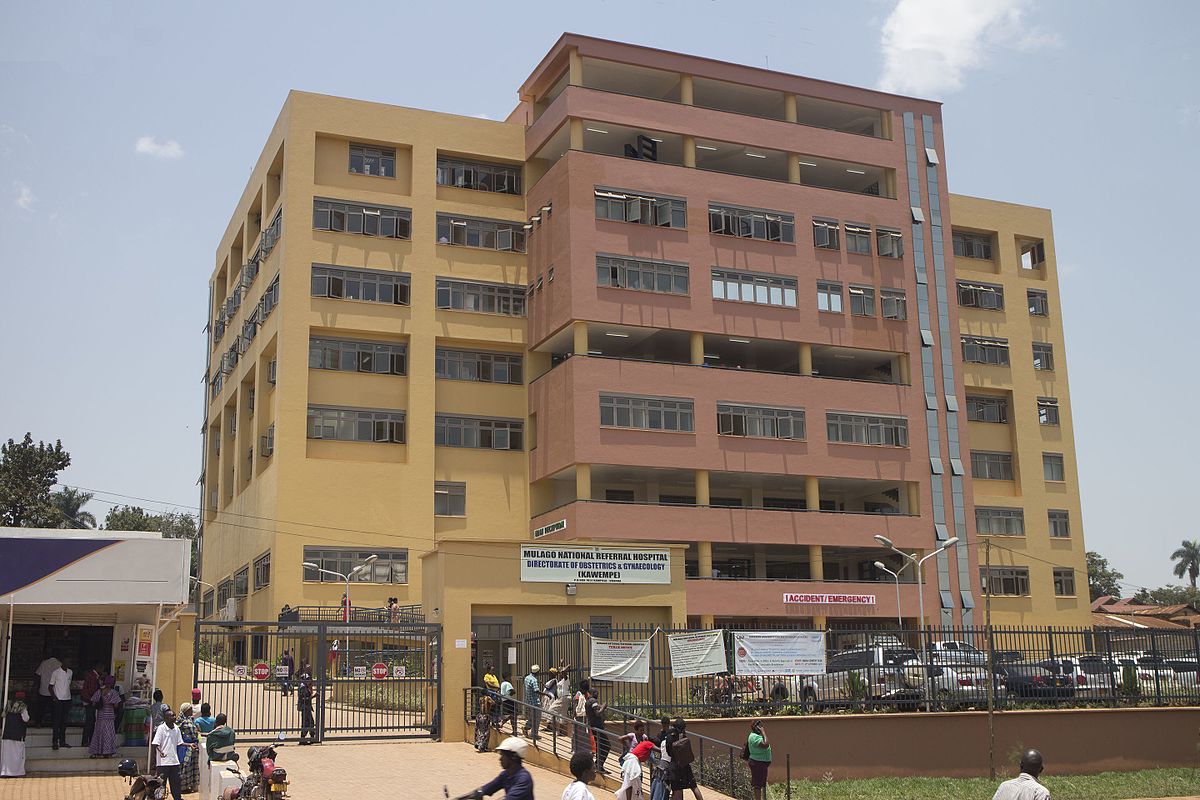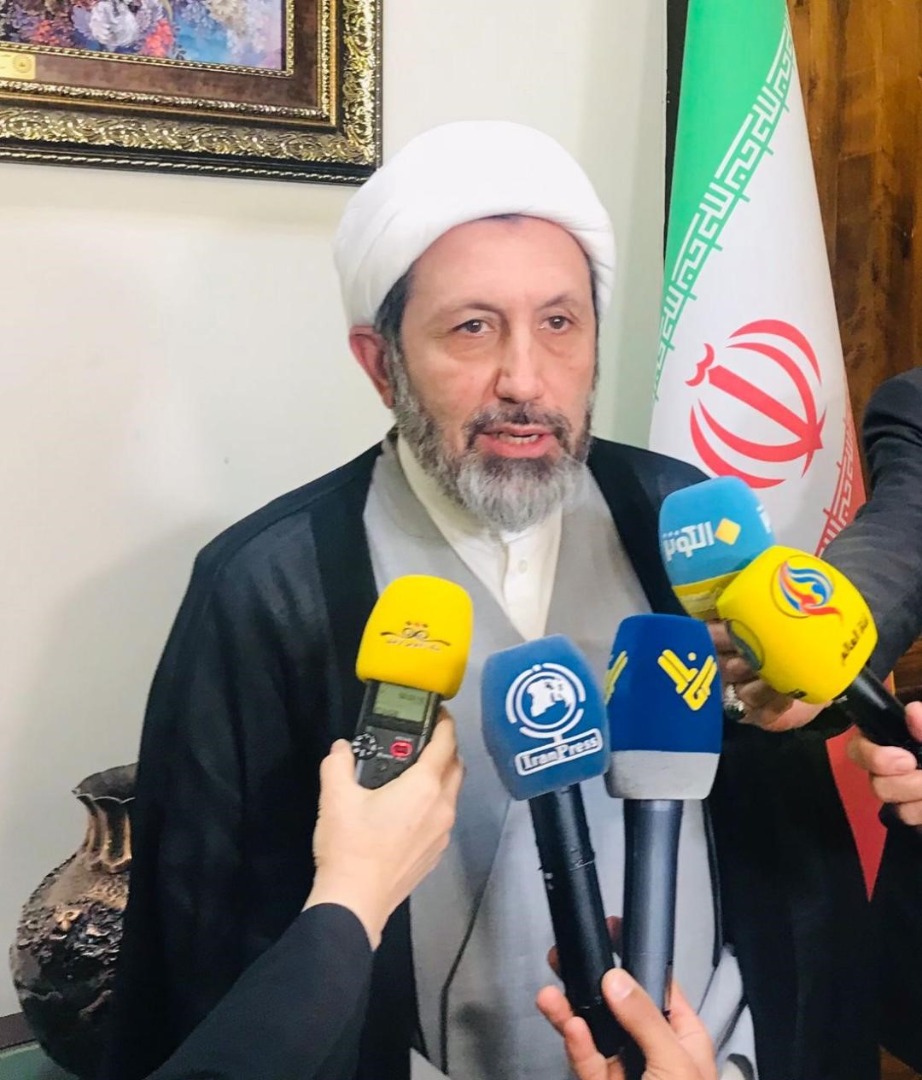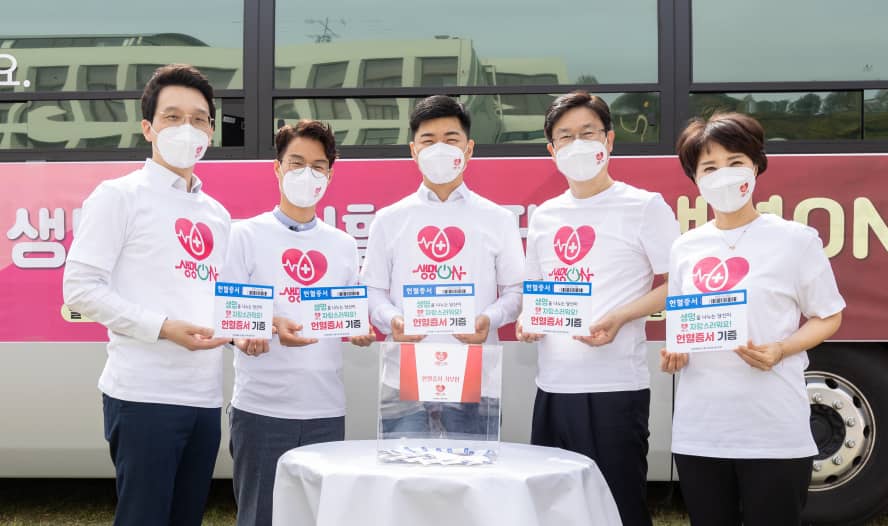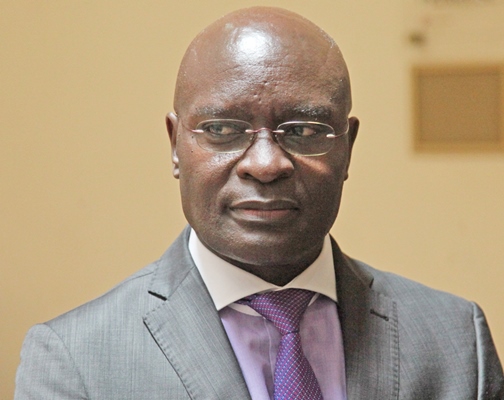On March 11 2020, World Health Organization (WHO) declared the COVID-19 outbreak a pandemic. Globally, 118,318 confirmed cases of COVID-19 and 4,292 death had been reported. By then, Uganda had not recorded a confirmed case of COVID-19 but at a high risk of imported transmission from affected countries.
In response, Ministry of Health’s Emergency Operations Centre (EOC) instituted a number of non-pharmaceutical measures to prevent the transmission of Severe Acute Respiratory Syndrome Coronavirus 2 (SARS-CoV-2). Screening of travelers for signs and symptoms of COVID-19 was intensified at Entebbe international airport and travelers from category 1 countries were considered high risk.
At the moment, sixteen countries were categorized as high risk. They were; Italy, San Marino, Iran, South Korea, France, China, Germany, Spain, Belgium, USA, United Kingdom, Netherlands, Sweden, Norway, Austria, and Malaysia.
To prevent community transmission, all high-risk travelers including Ugandans traveling back home were identified and subjected to mandatory self-quarantine even if they did not exhibit signs and symptoms of COVID-19.
Although Uganda was not well prepared to respond to this pandemic, Ministry of Health was able to quickly mobilize human resources to do follow-up of high-risk travelers under self-quarantine. The goal was to facilitate early detection, isolation and care should any at risk traveler become sick.
In mid-March 2020, we conducted a prospective follow-up of high-risk travelers undergoing self-quarantine in Nakawa Division, Kampala. Datasets from the health team at the airport were provided. Key variables captured were; name of traveler, port of entry, date of arrival, age, sex, occupation, phone contact, country and city of embarkment, address while in Uganda, Division, District, temperature, passport number and quarantine status (i.e., whether isolated or released for self-quarantine).
A total of 58 high-risk travelers within Nakawa Division were identified. Each member on the surveillance team was assigned a specified number of persons to monitor for a period of 14 days starting from the date of arrival. A daily situation report on their health status was prepared and submitted to ministry of health through field supervisors with appropriate recommendations for action.
The key monitoring indicators were; high fever (temperature greater than 37.5°C), headache, cough, shortness of breath, sneezing, and presence of comorbidities.
The identified travelers were contacted using phone calls for directions while others were traced using the address information provided.
Descriptive analysis was conducted and other findings are based on personal observations and field experience.
We traced and monitored 72.4% (42/58) of the travelers of whom 12.0% (5/42) were females. About a quarter, 27.6% (16/58) couldn’t be traced, therefore, were lost to follow-up.
The reasons for loss to follow-up include; inadequate or no contact information, incorrect or unreachable telephone contacts and failure to pick up when called for directions. none of the travelers had their passport numbers recorded and for most of them, the recorded address while Uganda was too general which complicated the tracing process.
Fortunately, no death was recorded among high-risk travelers under self-quarantine and none of them developed signs and symptoms consistent with COVID-19.
During self-quarantine follow-up, surveillance teams lacked thermoflash thermometers, basic personal protective equipment (PPE) such as disposable gloves, face masks and disinfectants to execute their roles safely.
There was uncoordinated transportation for surveillance teams, language barrier with non-English speakers, delayed processing of discharge certification for high-risk travelers completing mandatory monitoring period.
In conclusion, follow-up of high-risk travelers under self-quarantine was not well coordinated. We noted that some travelers had provided wrong contact information to health authorities at points of entry probably to escape health monitoring.
In similar situations, ministries of health should prioritize the safety of frontline health workers and other essential service providers by providing
ppropriate PPE, provide basic screening tools such as thermo flash thermometers and standardized monitoring tools, provide transport facilitation for surveillance teams and establish a system to ensure timely processing and approval of discharge of travelers who complete mandatory monitoring and are eligible for discharge.
of discharge of travelers who complete mandatory monitoring and are eligible for discharge.
By Abdulaziz Tugume
abudu.tugume@gmail.com
The writer is an Epidemiologist, Public Health Researcher and co-founder at Initiatives for Rural Development (IRD), Kakumiro

